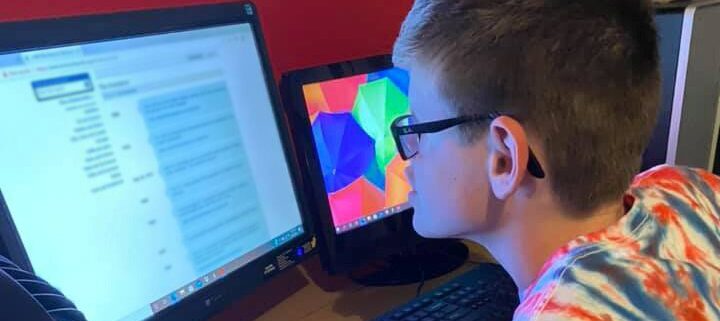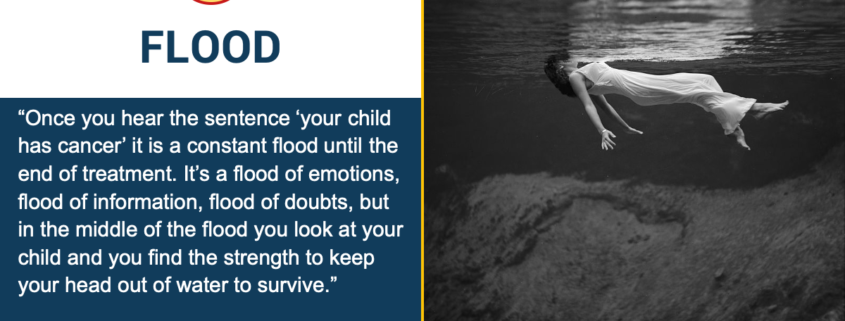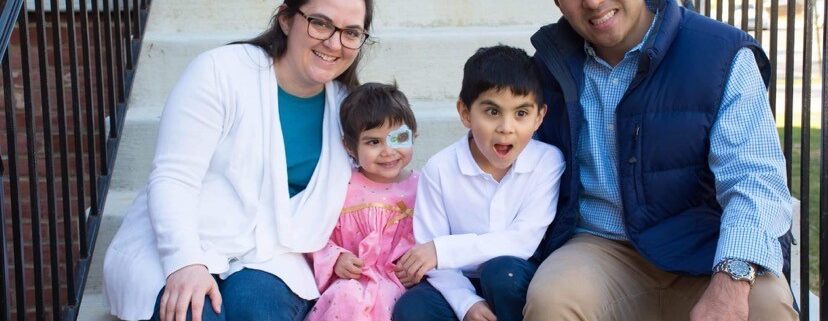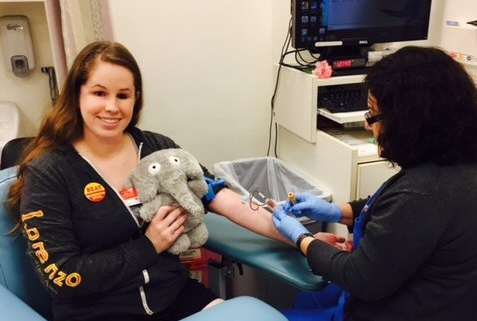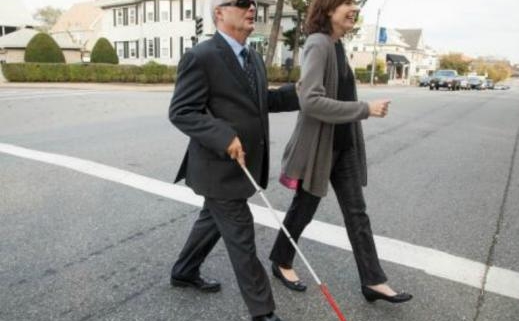Social Media Support: 7 Ways to Respond Effectively, and Why Our Responses Matter
How we respond to one another in retinoblastoma support forums, and the information we share, can significantly impact patient care and outcomes. Abby White shares 7 ways we can respond positively to any social media request for help, to improve communication, support, and best care for the child/survivor and family.


